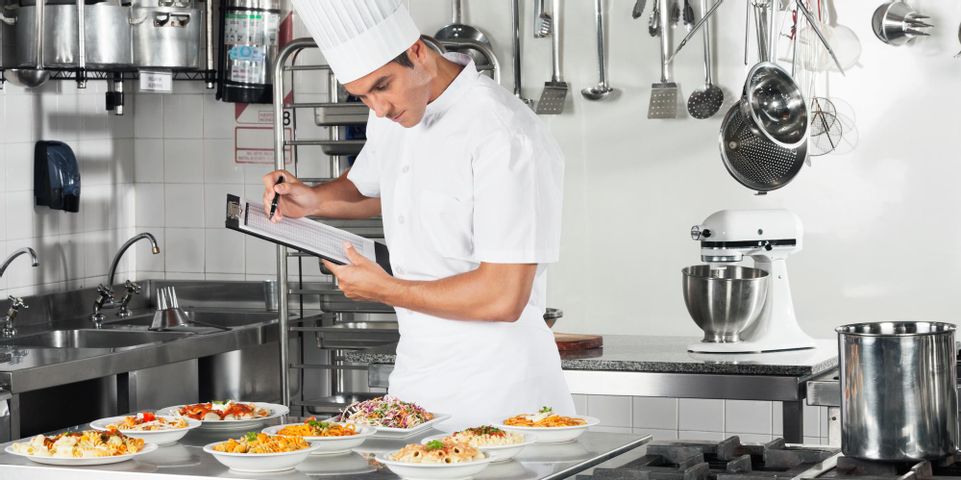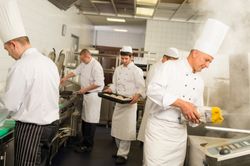3 Tips for Safely Freezing Food

Many restaurants end up with more food than they can serve. Instead of tossing those meals into the trash, properly freeze them to use another day. With the right process in place, you can leverage your commercial freezer to keep the food safe while avoiding spoilage.
Best Practices for Freezing Food
1. Order Appliance Thermometers
Before you begin freezing, you need to ensure your appliance is up to the task. If your refrigerator or freezer is at a higher temperature than it should be, it can allow bacteria to grow and thrive, contaminating your food. Place a thermometer in the refrigerator to make sure the temperature is below 40 degrees Fahrenheit, and put another one in the commercial freezer to ensure it’s below 0 degrees.
2. Cool the Food First
 When freezing foods, putting them directly into the freezer can raise the temperature in the appliance, causing nearby foods to thaw. This will affect their taste and composition. The proper procedure is to take your prepared food from room temperature and put it in your refrigerator to cool before freezing.
When freezing foods, putting them directly into the freezer can raise the temperature in the appliance, causing nearby foods to thaw. This will affect their taste and composition. The proper procedure is to take your prepared food from room temperature and put it in your refrigerator to cool before freezing.
3. Use Freezer Bags & Labels
Invest in freezer bags rather than typical plastic bags, as freezer bags are thicker. This allows your frozen food to stay viable for more extended periods. Additionally, label your bags, so you don't lose track of how long they've been in there. On your labels, write what food it is, how much there is, when it was first frozen, and what state it’s in.
If you’re looking to bolster your restaurant refrigeration, reach out to Refrigeration & Food Equipment Inc. in Anchorage, AK. Operating since 1964, this trusted restaurant equipment sales company is locally owned and operated. They’ve also established a reputation for providing long-lasting and high-quality machinery. To ask about their current inventory of commercial freezers, call (907) 248-2525. You can also learn more about the company on their website.
About the Business
Have a question? Ask the experts!
Send your question

